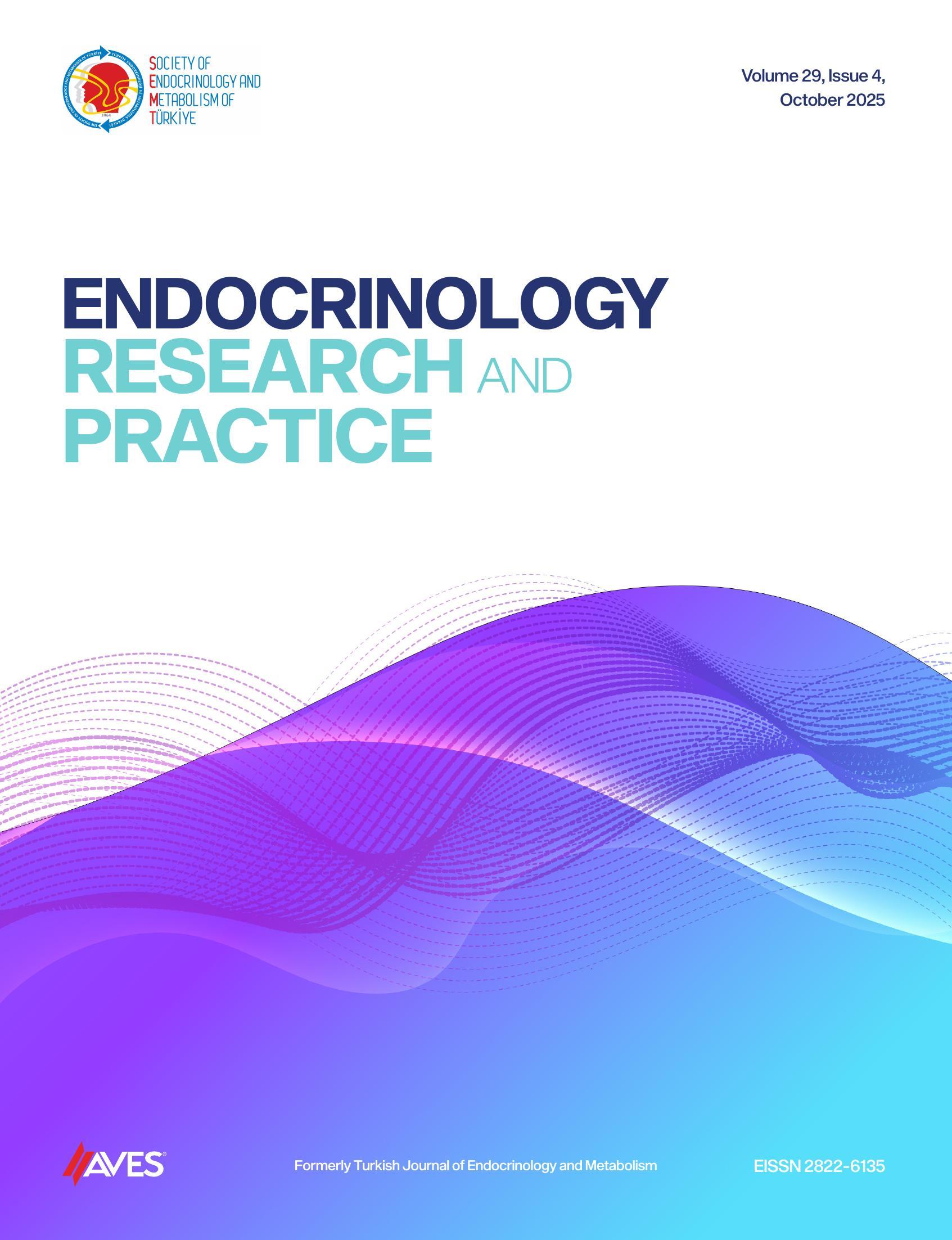Objective: The current cross-sectional study determines the prevalence and associated factors of microalbuminuria in a focused population in Eastern India.
Methods: The study was conducted in Kolkata from June to December 2022 among type 2 diabetes mellitus (T2DM) patients. Patients with T2DM aged more than 18 were included in the study, and those with overt albuminuria (>300 mg/day), congestive cardiac failure, urinary tract infection, pregnancy, human immunodeficiency virus, hepatitis B, or hepatitis C infection were excluded.
Results: Among 297 T2DM patients, 130 (43.8%) had high albumin creatinine ratio (> 30 mg/g). Diabetic patients with elevated blood pressure (BP > 130/80 mm Hg) were 1.68 times (95% CI, 1.12- 2.53) at risk of developing microalbuminuria. Similarly, patients with a diabetes duration of 5 years or more were 1.48 (95% CI 1.09-2.02) times more likely to develop microalbuminuria. Logistic regression also concluded that elevated blood pressure (BP > 130/80 mm Hg, P=.027) and duration of diabetes (>5 years, P=.016) were predictive of microalbuminuria.
Conclusion: The current study observes a high prevalence of microalbuminuria among diabetes patients. This indicates the need for the implementation of preventive strategies for diabetic nephropathy, especially among patients with long-standing diabetes and elevated blood pressure.
Cite this article as: Naskar A, Mondal A. Factors associated with microalbuminuria in patients with type 2 diabetes: A crosssectional study from Eastern India. Endocrinol Res Pract. 2024;28(4):224-228.

-1(1).png)

.png)